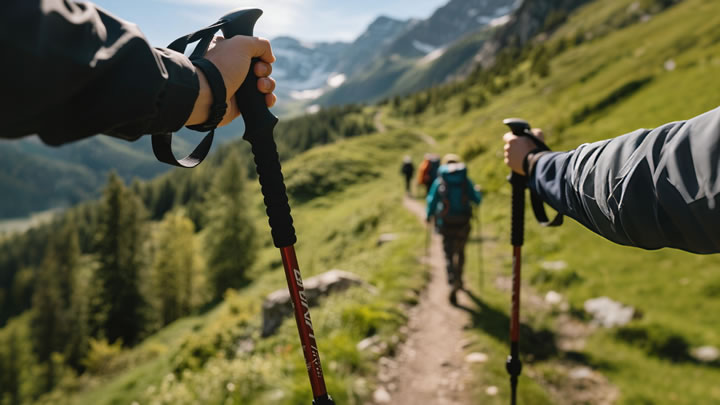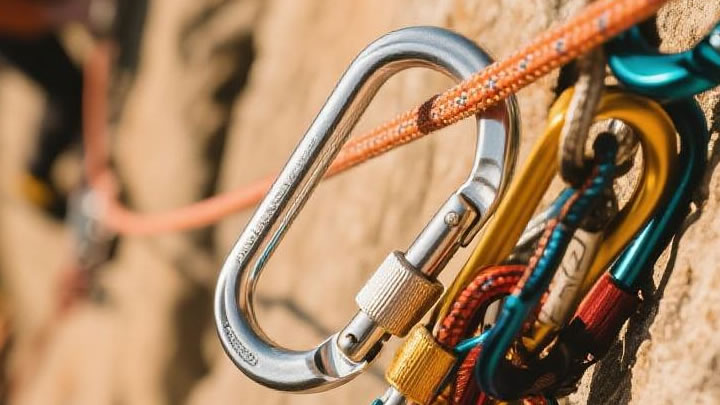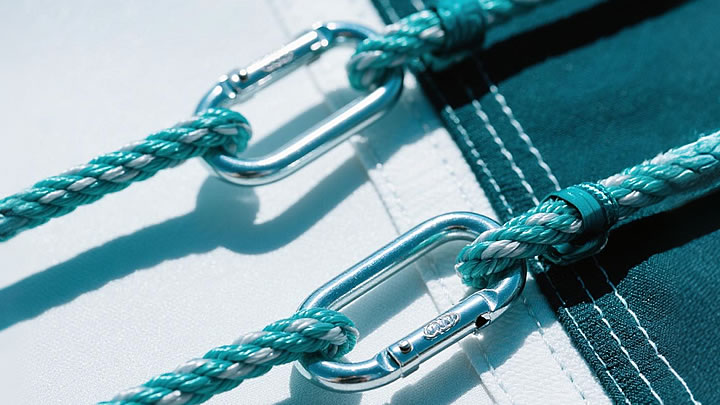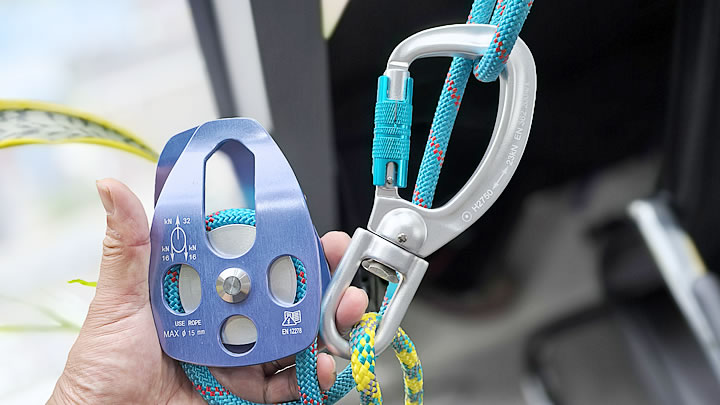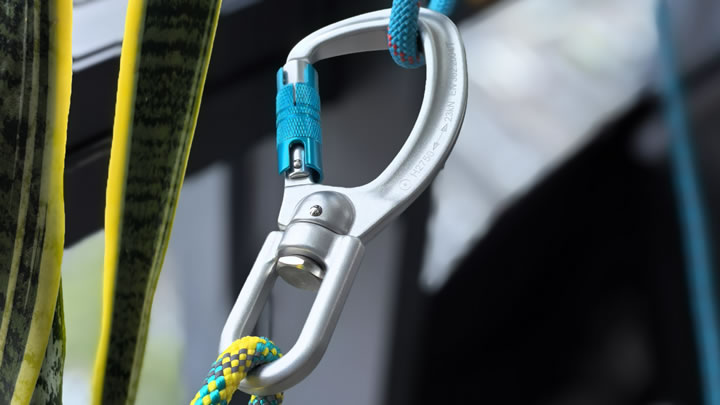How to fix a clogged camping stove burner?
A clogged camping stove burner can turn a cozy camp meal into a frustrating ordeal. Whether it’s debris, old fuel residue, or a spider’s nest (yes, it happens!), blockages disrupt flame stability and fuel efficiency. But don’t panic—most clogs are fixable with basic tools and patience. Here’s how to revive your stove safely and effectively.

Tools You’ll Need
- Needle tool or straightened paperclip
- Soft-bristle brush (toothbrush works)
- 90% isopropyl alcohol
- Warm soapy water
- Compressed air (optional)
- Safety gloves & goggles
Step 1: Safety First
- Cool the Stove: Ensure the stove and fuel canister are disconnected and fully cooled.
- Work in a Ventilated Area: Avoid inhaling fumes from residual fuel or cleaning agents.
- Check for Leaks: Before disassembly, inspect hoses and seals for cracks (replace if damaged).
Step 2: Disassemble the Burner
- Remove the Burner Head: Unscrew or unclip it from the fuel line (refer to your stove’s manual).
- Detach the Fuel Jet: On liquid fuel stoves (e.g., MSR WhisperLite), unscrew the jet from the generator tube.
- Soak Small Parts: Place grates, jets, and washers in warm soapy water for 10 minutes to loosen grime.
Step 3: Clear the Clog
- For Fuel Jets:Use a needle tool to gently poke through the jet’s opening. Never force it—rotate the tool clockwise to avoid damaging threads.
- For Burner Ports:Scrub each flame port with a toothbrush dipped in isopropyl alcohol. For spider webs, blast compressed air through the burner.
- Liquid Fuel Stoves:Soak the generator tube in alcohol for 30 minutes to dissolve varnish-like residue from old fuel.
Step 4: Deep Clean & Reassemble
- Scrub All Parts: Use the brush to remove carbon buildup on the burner head and grates.
- Rinse & Dry: Rinse with clean water and pat dry with a microfiber cloth.
- Reassemble Carefully: Ensure all parts fit snugly. Avoid cross-threading screws or jets.
Step 5: Test Your Repairs
- Outdoor Test Burn: Reconnect the fuel canister and ignite the stove outdoors.
- Check Flame Quality: A steady blue flame indicates success. Yellow/orange flames mean residual clogs—repeat cleaning.
Pro Tips to Prevent Future Clogs
- Use Fuel Stabilizers: Add Star Tron Enzyme Treatment to liquid fuel to prevent residue.
- Filter Your Fuel: Pour white gas through a coffee filter to catch debris.
- Store Properly: Run the stove until the fuel line is empty before long-term storage.
- Cover Burner Ports: Use stove caps or tape to block insects when not in use.
FAQs
Q: Can I use vinegar to clean a clogged stove?
A: Yes! Soak parts in a 1:1 vinegar-water solution for 30 mins to dissolve mineral deposits.
Q: Why does my stove keep clogging repeatedly?
A: Dirty fuel, poor storage, or a damaged jet (replace it if cleaning fails).
Q: Is it safe to use a sewing needle instead of a tool?
A: Avoid it—sewing needles can snap inside jets. Use a dedicated Jet Cleaning Tool (e.g., MSR’s).
When to Call It Quits
If cleaning doesn’t work, your jet or burner may be irreparably damaged. Replacement parts are affordable for most stoves:
- Jetboil: Order replacement jets via their website.
- MSR/GSI: Check official retailers for OEM parts.
Final Word
A clogged burner doesn’t mean your stove is doomed. With this guide, you’ll save money, avoid campfire disasters, and extend your gear’s lifespan. Remember: Regular maintenance beats emergency fixes!
Keep your flames blue, your meals hot, and your adventures rolling! 🔧🔥

